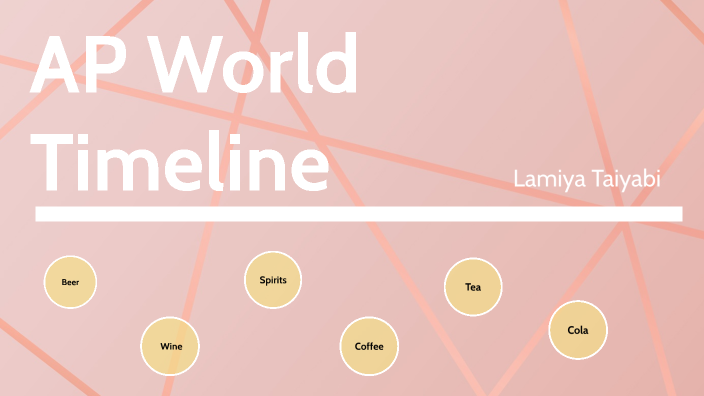

Proficiency at this skill is thus useful in all questions. Remember, all MCQ will require students to interpret stimulus in order to answer confidently. The same is true for most of the multiple-choice questions. As long as it is accurate and used appropriately, it works. Taking this a step further an example need not be mentioned anywhere in the CED to count as evidence on the exam. The same principle holds true for evidence on the long-essay and document-based questions. Students needed to know the difference between “nomadic” and “sedentary” as historical concepts, but they could use one of a myriad of examples to illustrate.

On the first short-answer question of the 2019 test, for instance, students could use examples from many societies, including the Mongols, Aztecs, Hittites, ancient Indo-Europeans, Turks, and Bantu, to name a few, as evidence ( click here for all of the free-response questions, SAQ 1 is on p. Second, most questions on the exam allow students with varied content backgrounds to succeed. As you look through all of the possible illustrative examples in the CED, remember that no one needs to know all of the possible content. A student who earns 60% of the available points on the AP World History Exam would earn a passing score of 3 or 4, roughly equivalent to C or B in a college course. A traditional high school scale does not apply. Applying what they know is most important for all of the question types, even the multiple-choice.įirst, the AP Exam is standardized. Students can do very well on the AP World History exam without knowing everything. Learning more content and preparing to present it are important, of course, but you can choose areas for focus and depth. The good news is that neither you nor your students need to know everything. I have twice been a new AP History teacher, first with European History and then five years ago with World History.īased on these experiences and a review of the AP World: Modern course and exam description (henceforth CED) I have some advice for new AP World teachers. But, the people most anxious about teaching the course in fall may be the teachers least affected by these changes: those teaching AP World History for the first time. AP World History is going through a huge change this summer as teachers prepare for the new AP World History: Modern course.


 0 kommentar(er)
0 kommentar(er)
